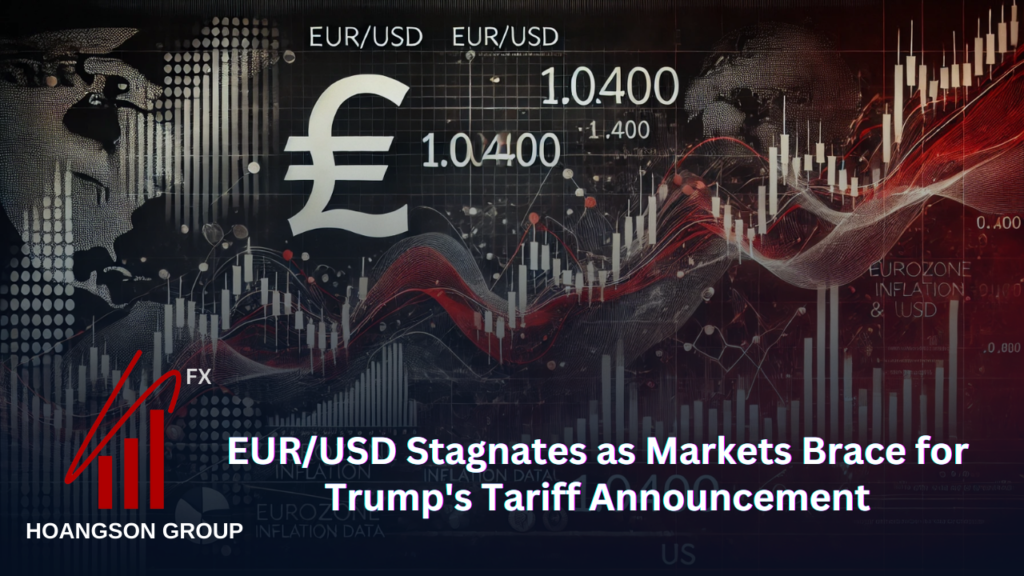March 31, 2025 — The EUR/USD currency pair remains largely unchanged around 1.0830 during Monday’s European trading session as investors await an anticipated reciprocal tariff announcement from U.S. President Donald Trump. The U.S. dollar continues its downward trend for the third consecutive session, with the Dollar Index (DXY) hitting a ten-day low of 103.75.
Financial markets are wary that Trump’s proposed tariff measures could dampen economic growth and trigger inflationary pressures worldwide. According to a report by The Washington Post, the president has been pushing for stricter trade policies, including the reintroduction of a universal tariff applicable to most imports, irrespective of their country of origin. Trump has also reportedly expressed regret over not implementing broader tariffs during his first term, emphasizing that increased import duties could boost domestic manufacturing and generate substantial government revenue.
Economic Data and Fed Outlook in Focus
This week, market participants are closely monitoring key U.S. economic indicators, including the ISM Manufacturing and Services PMI and labor market data, which could influence the Federal Reserve’s (Fed) monetary policy decisions.
According to the CME FedWatch tool, the Federal Reserve is expected to maintain its current interest rate levels at its May policy meeting. However, the probability of a rate cut in June has increased to 83.5%, up from 65.6% recorded a week ago, reflecting growing concerns about economic conditions.
Impact of German Inflation and Potential Eurozone Tariffs
In Europe, attention is on Germany’s preliminary Harmonized Index of Consumer Prices (HICP) data for March, set for release at 12:00 GMT. Analysts expect a 2.4% year-over-year increase, slightly lower than February’s 2.6% rise. Inflation data from France and Spain last week indicated slower-than-expected price growth.
Market analysts believe that Germany’s inflation figures will have a limited impact on the European Central Bank’s (ECB) monetary policy outlook. Instead, traders are bracing for potential economic repercussions from Trump’s tariff agenda. The U.S. president has criticized the European Union (EU) for insufficient purchases of American goods, raising speculation about new tariffs targeting the Eurozone. In 2024, Ireland and Germany ranked among the top five nations with the highest trade surpluses with the U.S., according to the World Population Review.
A new wave of U.S. tariffs on the Eurozone could weigh heavily on economic growth. ECB President Christine Lagarde warned that an escalating trade conflict could reduce Eurozone growth by at least 0.3%.
Escalating Trade Tensions Between U.S. and EU
Last week, Trump imposed a 25% tariff on foreign car and light truck imports, set to take effect on Wednesday. In response, the European Commission initially warned of retaliatory measures but later agreed to concessions to mitigate tariff escalation, according to a Bloomberg report. However, concerns remain that further trade restrictions could heighten tensions between the U.S. and EU, potentially leading to broader economic disruptions.

